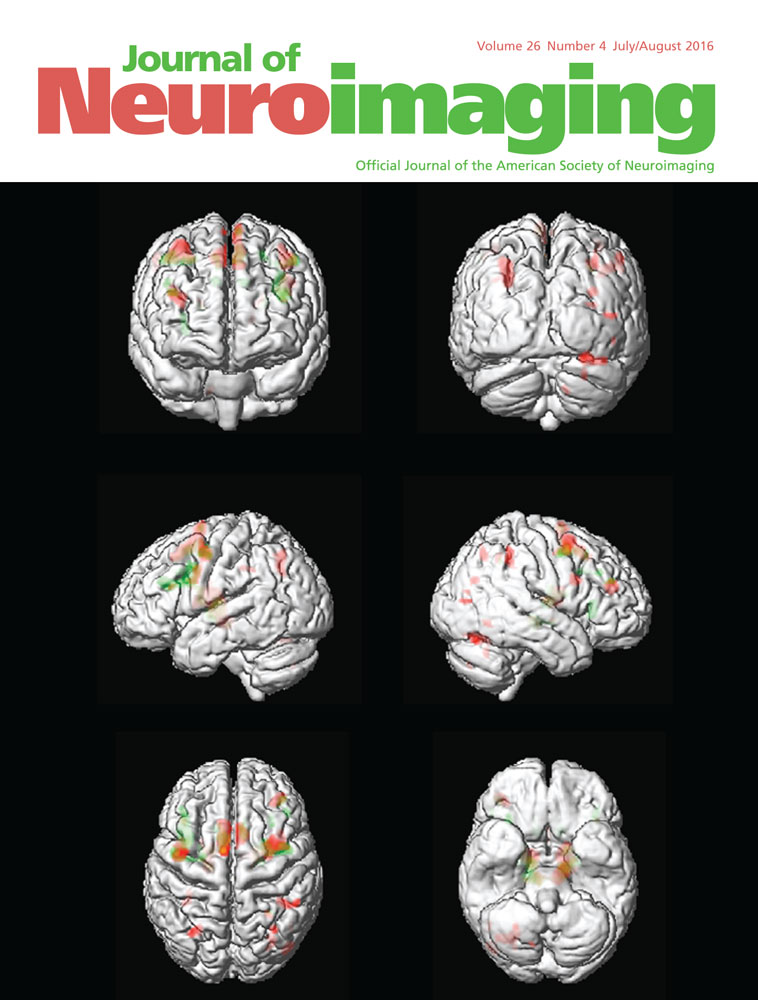Correction for Susceptibility Distortions Increases the Performance of Arterial Spin Labeling in Patients with Cerebrovascular Disease
ABSTRACT
BACKGROUND AND PURPOSE
Arterial spin labeling (ASL) is an MRI technique to measure cerebral blood flow (CBF) without the need of exogenous contrast agents and is thus a promising alternative to the clinical standard dynamic susceptibility-weighted contrast-enhanced (DSC) perfusion imaging. Latest international guidelines encourage its application in the clinical setting. However, susceptibility-induced image distortions impair ASL with fast readout modules (eg Echo Planar Imaging, EPI; gradient and spin echo, GRASE). In the present study, we investigated the benefit of a distortion correction for ASL compared to DSC.
METHODS
A pulsed ASL (PASL) sequence combined with a 3D-GRASE readout at multiple inflow times (multi-TI) was used and was corrected for susceptibility distortions using a FMRIB Software Library (FSL) implemented tool TOPUP. We performed qualitative (three expert raters) and quantitative (volume of interest [VOI]-based) comparisons of ASL and DSC imaging in 13 patients with chronic steno-occlusive disease.
RESULTS
In the qualitative analysis, distortion correction of the images led to a strong increase in diagnostic precision of ASL compared to DSC in the anterior cerebral artery (ACA) perfusion territory, where the susceptibility artifact was most pronounced (specificity 8% vs. 75%). In the quantitative analysis, the correlation between ASL and DSC values increased for all perfusion territories with the best improvement for the ACA territory (for anterior, middle and posterior cerebral artery: ACA: rho −0.22 vs. 0.71; MCA: rho 0.58 vs. 0.76; PCA: rho 0.58 vs. 0.63).
CONCLUSIONS
We showed that susceptibility distortion correction strongly improves the comparability of multi-TI ASL 3D-GRASE to DSC in steno-occlusive disease. We suggest it to be implemented in ASL postprocessing routines.




